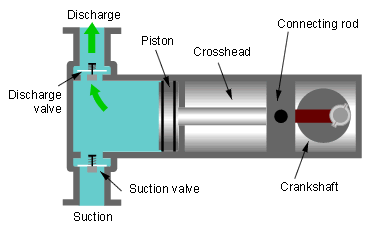PE GATE Syllabus : Petroleum Subjects
Petroleum Exploration: Classification and description of some common rocks with special reference to clastic and nonclastic reservoir rocks. Origin, migration and accumulation of Petroleum. Petroleum exploration methods. Oil and Gas Well Drilling Technology: Well planning. Drilling method. Drilling rigs Rig operating systems. Drilling fluids function and properties. Drilling fluid maintenance equipment. Oil & gas well cementing operations. Drill bit types and their applications. Drill string & Casing string function, operations, selection & design. Drilling problems, their control & remedies. Directional drilling tools. Directional survey. Application of horizontal, multilateral, extended reach, slim wells. Reservoir Engineering: Petrophysical properties of reservoir rocks. Coring and core analysis. Reservoir fluid properties. Ph...


